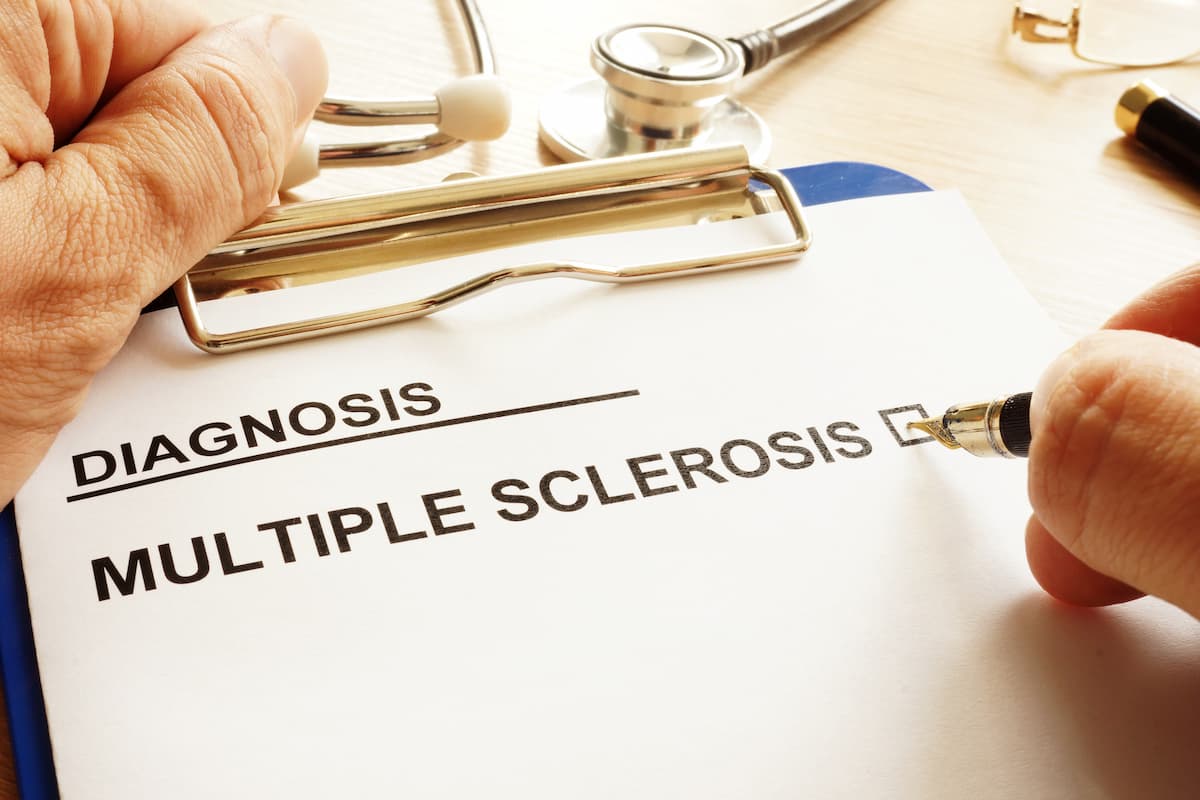Article
Research Explores Remyelinating Damaged Nerve Cells in Neurodegenerative Diseases
Author(s):
Current therapy management mainly comprises of attempting to delay disease progression in neurodegenerative diseases but have been unable to reverse the myelin damage already done.
Multiple sclerosis and other neurodegenerative diseases occur mainly from damages done to the protective layer, myelin, that surrounds nerve cells. When the myelin is damaged or destroyed, nerve cells are often unable to transmit electrical impulses. This leads to the detrimental loss of motor function, vision, and balance. Current therapy management mainly comprises of attempting to delay disease progression in these neurodegenerative diseases but have been unable to reverse the myelin damage already done.
Modern research is exploring ways in restoring the damage done from these neurodegenerative diseases by looking at oligodendrocyte progenitor cells, a prominent source in restoring myelin. In the earlier stages of disease, the brain has its own repair mechanisms in regenerating myelin. As these neurodegenerative diseases progress, the brain cannot keep up with repairing myelin, which eventually leads to several disabilities seen in these patients. This new way of thinking may potentially change how these neurodegenerative diseases are managed in the future.
A more in-depth investigation into oligodendrocyte progenitor cells revealed that there are small molecules that trigger the formation of oligodendrocytes, which in effect increase remyelination. These small molecules have been shown to inhibit certain enzymes in the cholesterol biosynthesis pathway (CYP51, TM7SF2, and EBP). With the inhibition of these enzymes, there exists an abundance of 8,9-unsaturated sterol substrates of these enzymes, which researchers suggest is the crucial factor in promoting oligodendrocyte formation.
Inhibition of enzymes in the cholesterol biosynthesis pathway has been explored in the past. A previous study done back in 2015 by Paul Tesar, DPhil, and Drew Adams, PhD, showed miconazole, an antifungal agent, increasing myelin formation by inhibiting a cholesterol-producing enzyme. Further research into this led to the discovery of a multitude of drugs that also promoted myelin repair through the same mechanism of inhibiting cholesterol-producing enzymes and increasing 8,9-unsaturated sterol substrate accumulation.
There is hope that targeting these enzymes may improve progressive neurodegenerative diseases such as multiple sclerosis through remyelination. Clinical trials are expected to commence next year to determine whether this method of myelin repair may better treat multiple sclerosis patients or other neurodegenerative diseases.
References
- Hubler Z, Allimuthu D, Bederman I, et al. Accumulation of 8,9-unsaturated sterols drives oligodendrocyte formation and remyelination [published online July 25, 2018]. Nature. doi:10.1038/s41586-018-0360-3.
- A new roadmap for repairing the damage of multiple sclerosis [news release]. Cleveland, OH: Case Western Reserve University; July 25, 2018. newswise.com/articles/view/698014/?sc=mwhr&xy=10022175. Accessed August 1, 2018.





